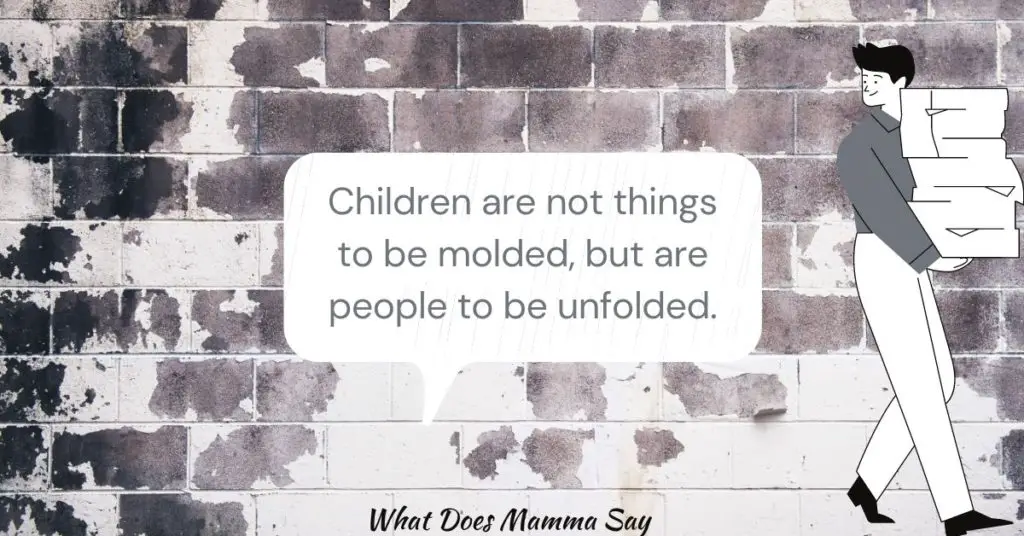An article dedicated to teachers and parents alike, aiming to show you how various curricula around the world teach very young learners in ways that truly place the child at the centre by focusing on child-led learning.
I will talk to you about Anji play in China, Te Whariki in New Zealand and Reggio Emilia in Italy.
Why do we have a play-based curriculum in the early years?
Play is a complex and dynamic concept that has attracted the interest of many disciplines. Play is undoubtably a universal human behaviour, but how children play differs greatly.
Across cultures, parents’ beliefs about play and its role in learning vary largely. In Europe and American educated families living in cities support play greatly because parents believe that pretend play can help children’s cognitive, social, and emotional development.
In other words, they become active participants in children’s play and they see play as appropriate and desirable.
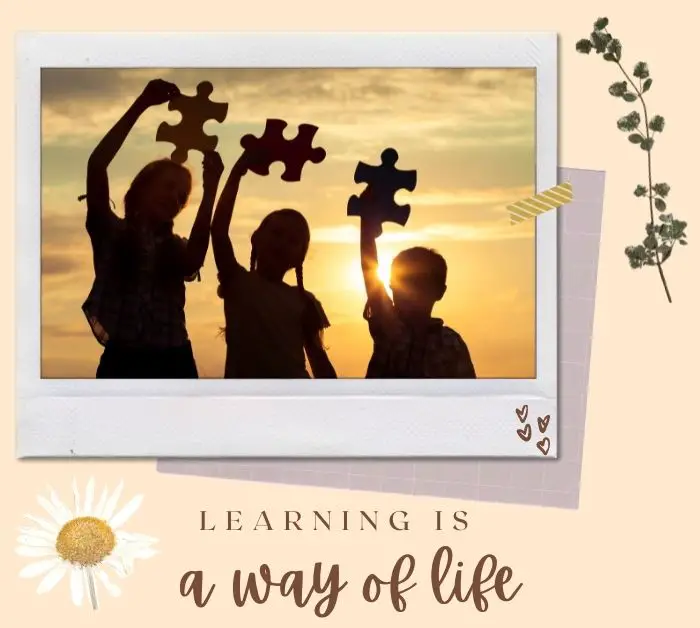
However, Kpelle parents in Liberia do not value play as a means of learning and they offer few play resources. The same can be seen in Yucatec Maya in Mexico, where parents allow children to play only to some extent because their expectation is for children to contribute to household work. Adult involvement in play also varies across cultures, not because of parents’ abilities, but due to their responsibilities.
What does this mean?
That play is culturally and contextually placed. And that by recognising the differences in children’s play as being culturally rooted we can avoid having a deficit view of some groups of children and their families.
That we need to address the concept of how play contributes to children’s development and learning. In adopting a more inclusive perspective that could address children’s diversity in learning, schools should first look at the reasons why play may or may not be valued or cultivated by families.
Therefore, it is necessary to find the means to connect different discourse communities if we want all children’s learning to be valued. Unilinear models of learning and development need to be expanded. We need to start looking at how children play and learn in their home environment but also in the larger context of community.
It has been largely argued that play in school is limited, structured, constrained by various influences, including the need to provide to parents and not only evidence of learning. One of the consequences of this need was that play in the classroom was reduced to measurement, effectiveness and preparation for school and life.
However, the relationship between play and learning is very complex and cannot be quantified in numbers and reduced to measurements.
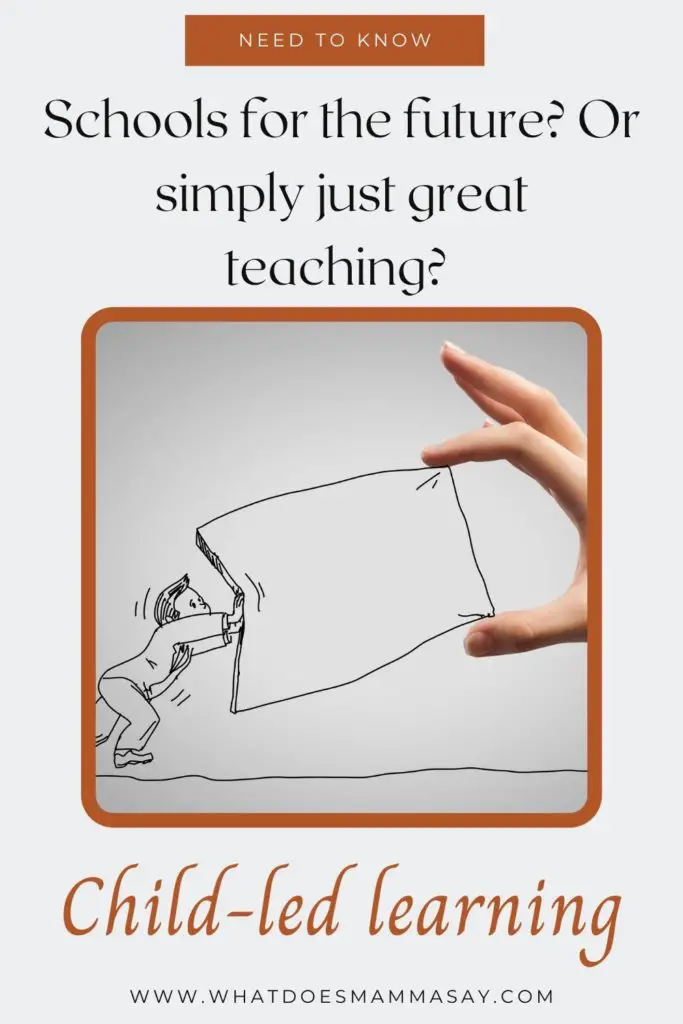
In the UK this need to make learning visible through play emerged out of an ‘accountability culture’ shaped by a system of inspection, measurement, competition and regulation, described by Guy Roberts-Holmes as a ‘utilitarian audit-style approach’ (2017:160) when talking about early years education. You can read more about this marketisation of early years in our next articles.
This approach to learning had the effect of reducing learning to numbers and stages. And with it the need to use play as a means to measure progress increased. Play’s contribution to learning and development became more and more valuabed and so a nursery’s approach to learning and development started focusing primarily on play. If you want to learn more, read about the importance of play-pedagogy in nurseries and how children should play in the early years.
Alternative ways of looking at play and learning in the early years
This article wishes to introduce alternative ways of looking at play and learning, alternatives that embrace children’s diversity in a democratic and inclusive way by focusing on child-led learning. Creating proper learning environments and valuing children’s voice are among the key concepts that define these approaches to education.
Let’s take a closer look at each one!
Anji Play Nurseries in China
We have written about Anji Play nurseries before because we consider them an effective and relatively untapped approach to teaching young children. Anji Play in China represents a reflective system that values the true capacity of the learner and gives children the freedom to construct knowledge while engaging in free play, thus child-led learning takes the form of free play. Children also have the possibility to organize their play environments freely.
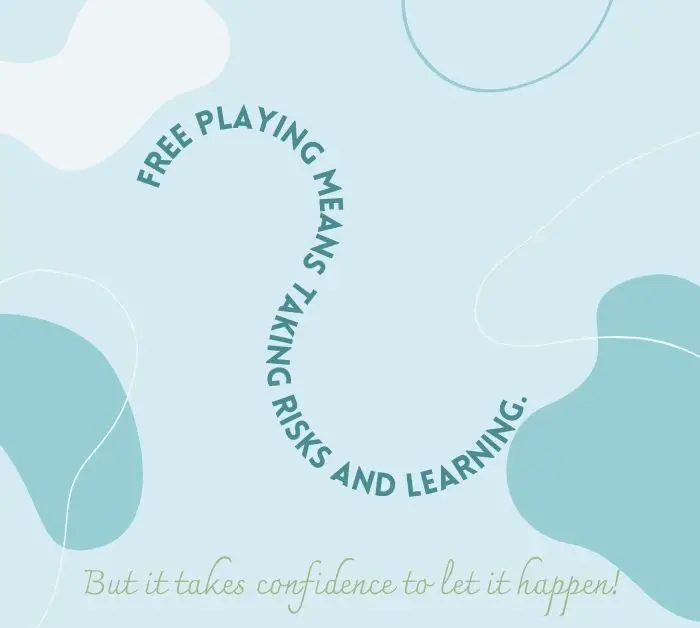
Children in Anki Play have access to large and open-ended environments and materials and are given the freedom to use them without adult intervention. They have extensive and uninterrupted time to work together and solve problems. Practitioners in Anji Play believe in equal access to joy through play.
Play is defined by love, joy, risk, engagement and reflection and is perceived as a natural right.
Te Whariki in New Zealand
In New Zeeland, Te Whariki sees children as competent and confident participants in constructing their knowledge, and values child-led learning as the most effective way of embracing learning. Children are defined in relation to their families, communities and the world. They learn by engaging in meaningful interactions with people. Therefore, learning becomes a co-construction between teachers, children and the larger community.
Practitioners in Te Whariki strongly believe that children will succeed in education if the foundations for learning show respect and understanding for cultural roots. Te Whariki is an inclusive curriculum that values children and their rights and empowers them to develop their own potential.
Child-led learning implies that children learn at their own pace and in their own way, therefore the learning environment is shaped by the child. The curriculum only provides values and goals, but does not define how to achieve them.
Learning is a spider web model of relationships that looks at the whole child.
Observing play episodes can give educators access to children’s preoccupations and interests, but it can also serve as informal assessment, which can offer a rich and comprehensive picture of children’s understanding of the world.
Reggio Emilia in Italy
Reggio Emilia in Italy started as a local cultural project over 100 years ago. In Reggio Emilia, education is a system of relationships that constantly define each other. Children’s socio-cultural experiences are brought into the classroom and contaminate the environment.
In the Reggio Emilia approach, Loris Malaguzzi reconceptualized the notion of the learning child and of education. He started by challenging and rethinking the very notion of what education is for, placing the child at the heart of leaning, so child-led learning represents the foundation of this local cultural project.
Educators in Reggio Emilia question knowledge constantly and reflect on the way it is organized.
Therefore, diversity is celebrated, and school becomes a place of sharing and exchanging.
Children are valued and their rights are respected, including their right to learn in different ways. Reggio Emilia offers children an active role in constructing knowledge and to create endless possibilities. Teachers are reflective practitioners and shape the environment to be conducive to learning.
There is no formal curriculum, but rather an emergent one, influenced by dialogue with children, parents and teachers.
Child-led learning means that teachers engage in a pedagogy of listening that constantly reshapes the learning environment, as teachers observe children’s play episodes, interests and abilities to guide their next steps of curricula provision.
In these alternative models of education, practitioners believe in the importance of choice. Play is such a form of participation and choice through which children express their autonomy, allowing them to exercise power and control, thus focusing on empowering the learner.
Practitioners in Reggio Emilia hold a holistic view of the child, seen as ‘rich in potential, strong, powerful and competent’ (Malaguzzi, 1993:10), whose opinions and interests are taken into consideration.
The Importance of empowering the learner through child-led learning
When teachers help children becoming agentic, students become empowered learners who are given the right to voice their interests, cultural identities and concepts of the world. These inclusive approaches make all children’s learning visible through democratic participation: the ethics of everybody is at its core.
Through a philosophy of learning as encounter, both Reggio Emilia and Te Whariki reshape education and the curriculum, that becomes a ‘tapestry of increasing complexity and richness’ (Carr & May, 1996:102).
Play and learning are offered time, opportunities and resources, and children are seen as agentic, confident, active meaning-makers, capable thinkers whose ideas and questions are answered and valued. However, these children require reflective and active practitioners to allow child-led learning to guide their practice.
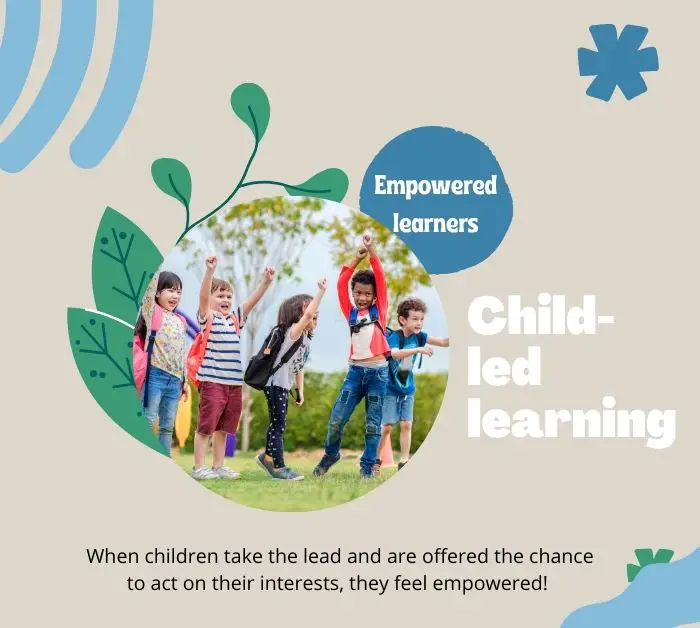
Teachers that engage in resistance through dialogue and a pedagogy of listening. Able to hold children at the heart of teaching, moving away from numbers and quantifiable data, so as to offer children the power to lead their learning.
As educators, we have the responsibility to create the learning conditions that can include all children and voice their interests and understanding of the world.
Practitioners need to understand the qualities of play and what play means for children just as schools need to provide the space, time and conditions for play to evolve and for child-led learning to happen.
Meeting children with prescribed outcomes reduces the complexities of learning and development, and therefore we need to move away from developmental stages of learning to a holistic view of the child.
Being flexible and reflective in teaching, meeting children’s curiosity with wonder and helping them extend their knowledge can guide educators in their practice towards valuing and supporting all children’s learning and development.
Conclusions
These international approaches aim to reimagine children’s learning environment by placing the child at the heart of it. They focus on empowering the learner by creating the opportunity of child-led learning through an open-ended curriculum. Such empowered learners or rich children need reflective and active practitioners that engage in dialogue and in a pedagogy of listening.
Children are seen as agentic, confident, curious and active learners in a setting that values child-led learning.
Play and learning are offered time, opportunities, and resources, and are met with wonder. Just like they should!

Hi. I am Monica, an experienced ESL teacher and early years student, mother to a preschooler and passionate reader.

